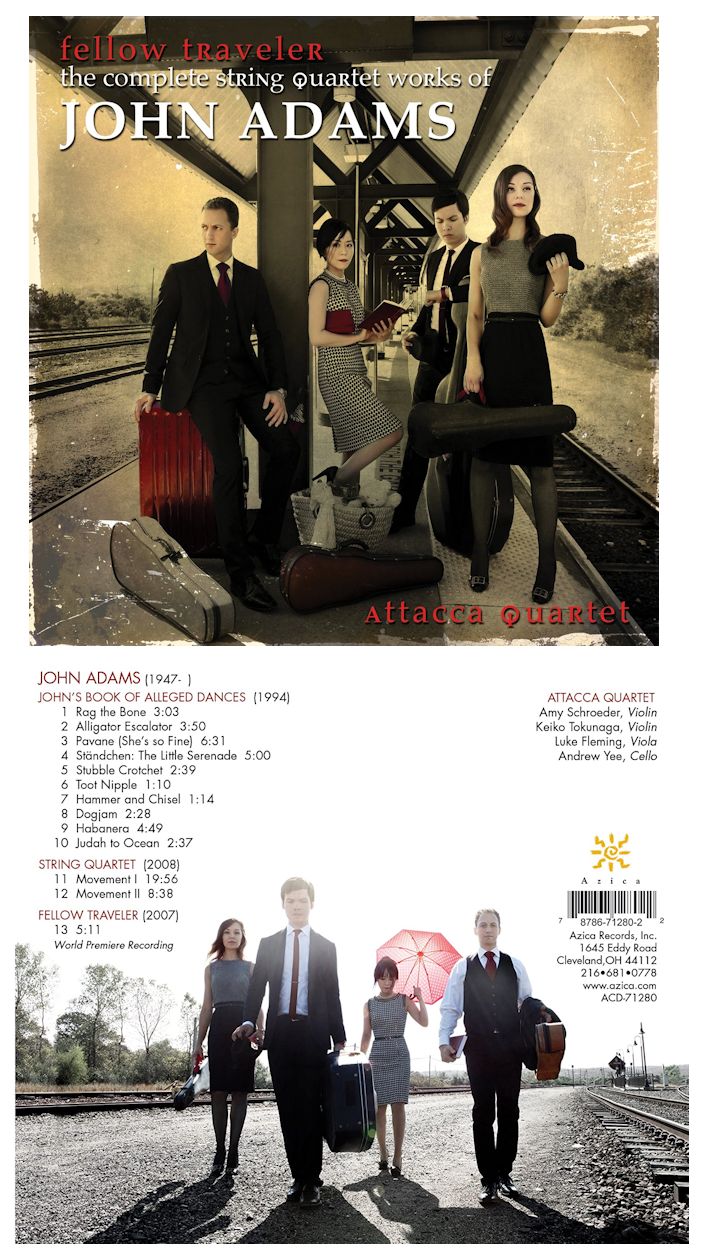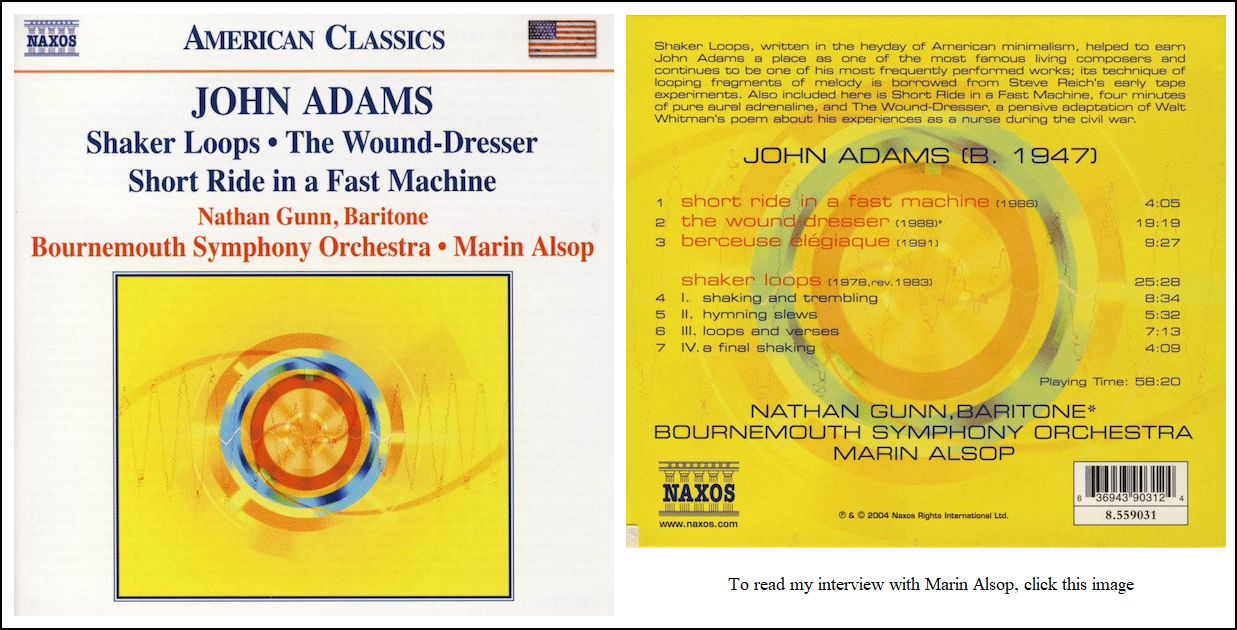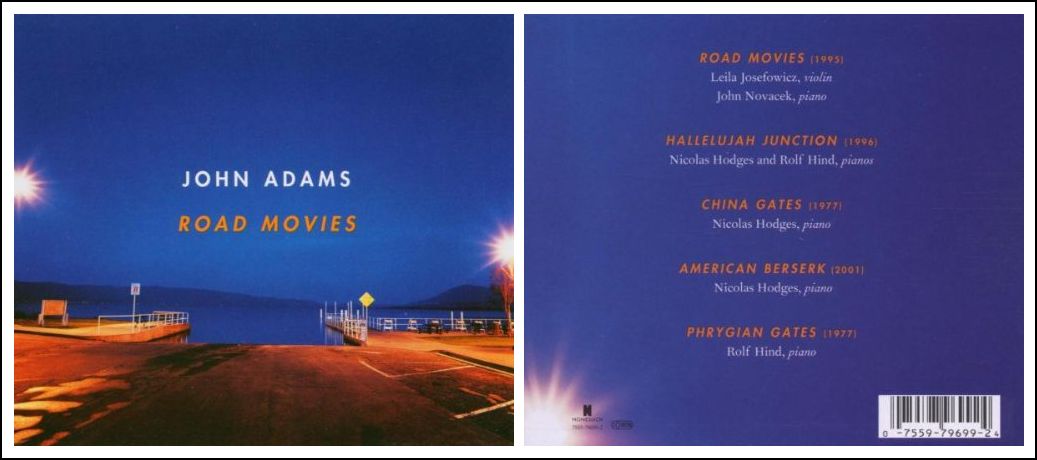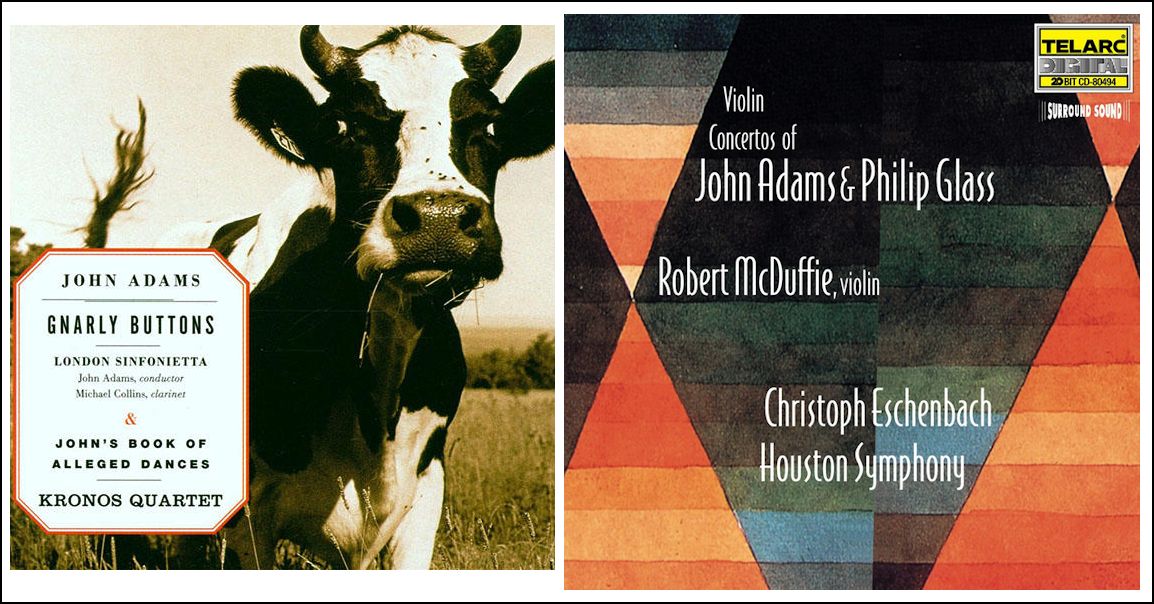Two conversations with Bruce Duffie
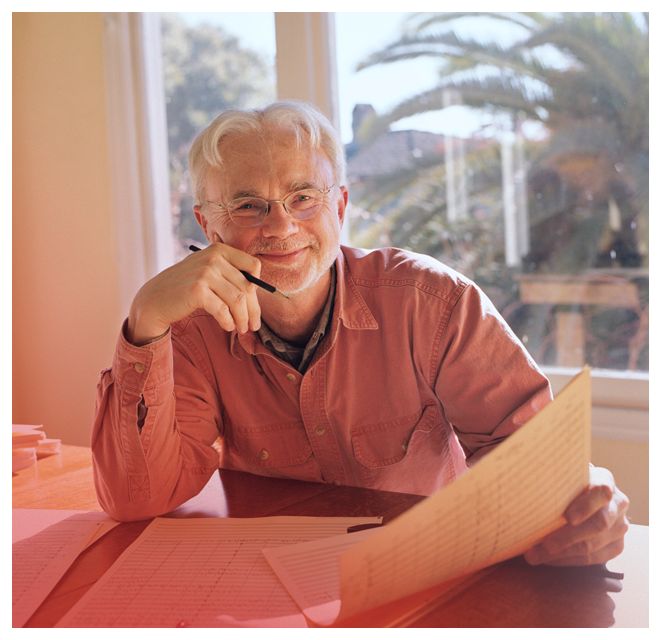
Composer, conductor, and creative thinker John Adams (born February 15, 1947) occupies a unique position in the world of American music. His works, both operatic and symphonic, stand out among contemporary classical compositions for their depth of expression, brilliance of sound, and the profoundly humanist nature of their themes. Works spanning more than three decades have entered the repertoire and are among the most performed of all contemporary classical music, among them Harmonielehre, Shaker Loops, Chamber Symphony, Doctor Atomic Symphony, Short Ride in a Fast Machine, and his Violin Concerto. His stage works, all in collaboration with director Peter Sellars, include Nixon in China (1987), The Death of Klinghoffer (1991), El Niño (2000), Doctor Atomic (2005), A Flowering Tree (2006), and the Passion oratorio The Gospel According to the Other Mary (2012). Adams’s latest opera Girls of the Golden West, set during the 1850s California Gold Rush, premiered at San Francisco Opera in 2017 before traveling to the Dutch National Opera in February 2019 for its European premiere. Other recent works include Must the Devil Have All the Good Tunes?, written for piano soloist Yuja Wang, the LA Phil, and Gustavo Dudamel, as well as the orchestral work -I Still Dance, written for Michael Tilson Thomas and the San Francisco Symphony, and premiered in September 2019 in San Francisco. In 2019, Adams received Holland's prestigious Erasmus Prize, “for contributions to European culture,” the only American composer ever chosen for this award. That same year, he received the BBVA Frontiers of Knowledge Award for Music and Opera in recognition of the communicative power of his works, especially through their treatment of current events. Other awards include the 2003 Pulitzer Prize for On the Transmigration of Souls, commissioned by the New York Philharmonic to commemorate the first anniversary of 9/11, and the 1993 Grawemeyer Award for his Violin Concerto. Adams has additionally received honorary doctorates from Harvard, Yale, Northwestern University, Cambridge University, the Juilliard School, and the Royal Academy of Music. A provocative writer, he is author of the highly acclaimed autobiography Hallelujah Junction, and is a contributor to the New York Times Book Review. As a conductor, Adams appears with the world’s major orchestras in programs combining his own works with a wide variety of repertoire ranging from Beethoven and Mozart to Ives, Carter, Zappa, Glass, and Ellington. In recent seasons, he has conducted the Berliner Philharmoniker, Royal Concertgebouw Orchestra, London Symphony Orchestra, Wiener Symphoniker, the orchestras of Seattle, Cincinnati, Atlanta, and Toronto, and the Los Angeles Philharmonic, where he has held the position of Creative Chair since 2008. In 2020, the world premiere recording of Must the Devil Have All the Good Tunes? was released on Deutsche Grammophon, featuring Yuja Wang, the Los Angeles Philharmonic, and conductor Gustavo Dudamel. Other recent releases include the world premiere recording of Doctor Atomic (Nonesuch 2018), with Adams conducting the BBC Singers and BBC Symphony Orchestra; and the Berliner Philharmoniker’s “John Adams Edition,” a 2017 box set of live performances conducted by Adams, Gustavo Dudamel, Alan Gilbert, Kirill Petrenko, and Sir Simon Rattle. Together with his wife, the photographer Deborah O’Grady, Adams
has created the Pacific Harmony Foundation, which funds young composers,
ensembles and music education outreach. == Biography from the Boosey & Hawkes website
|
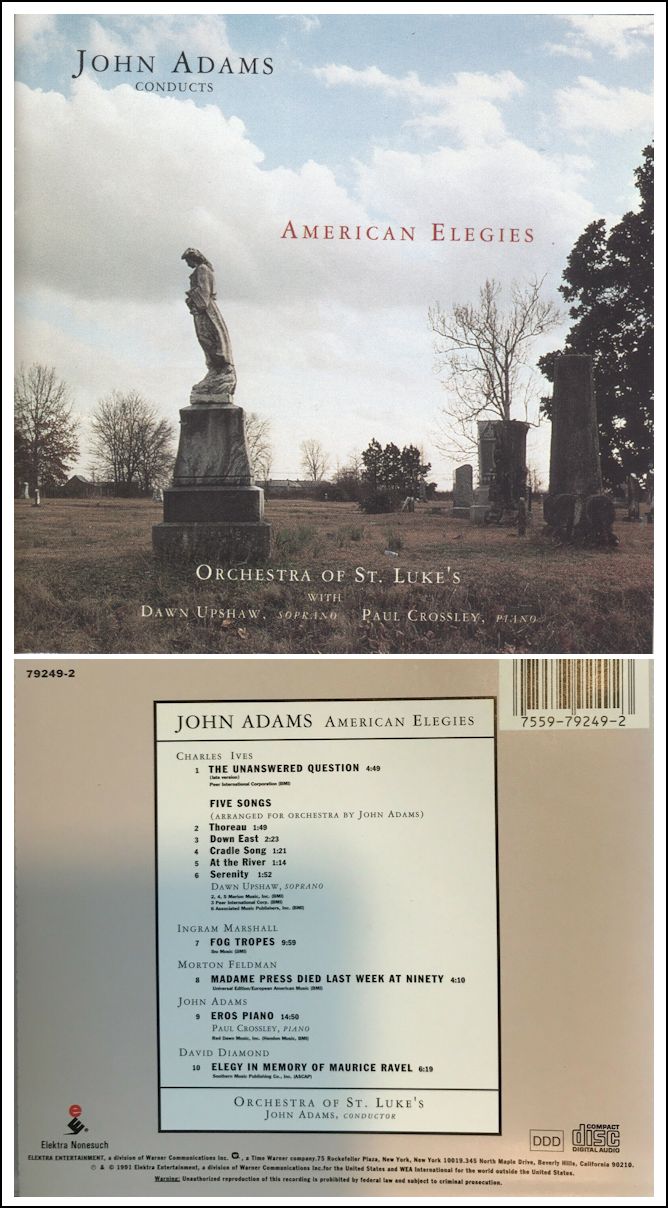
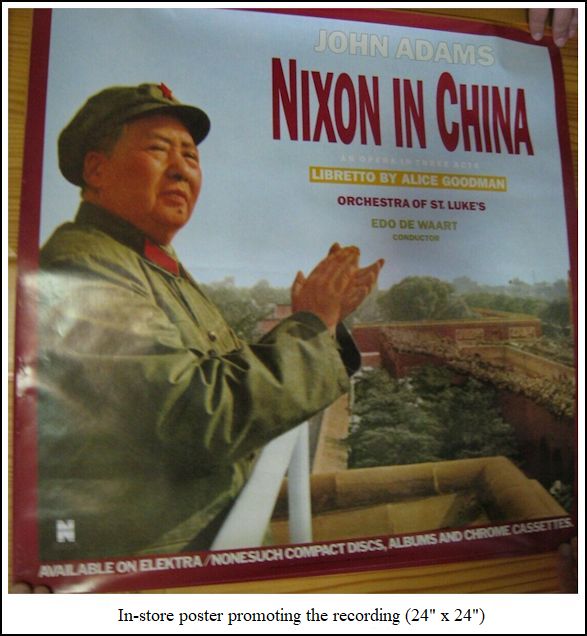
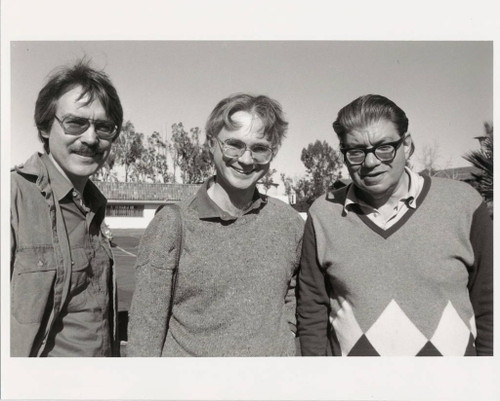
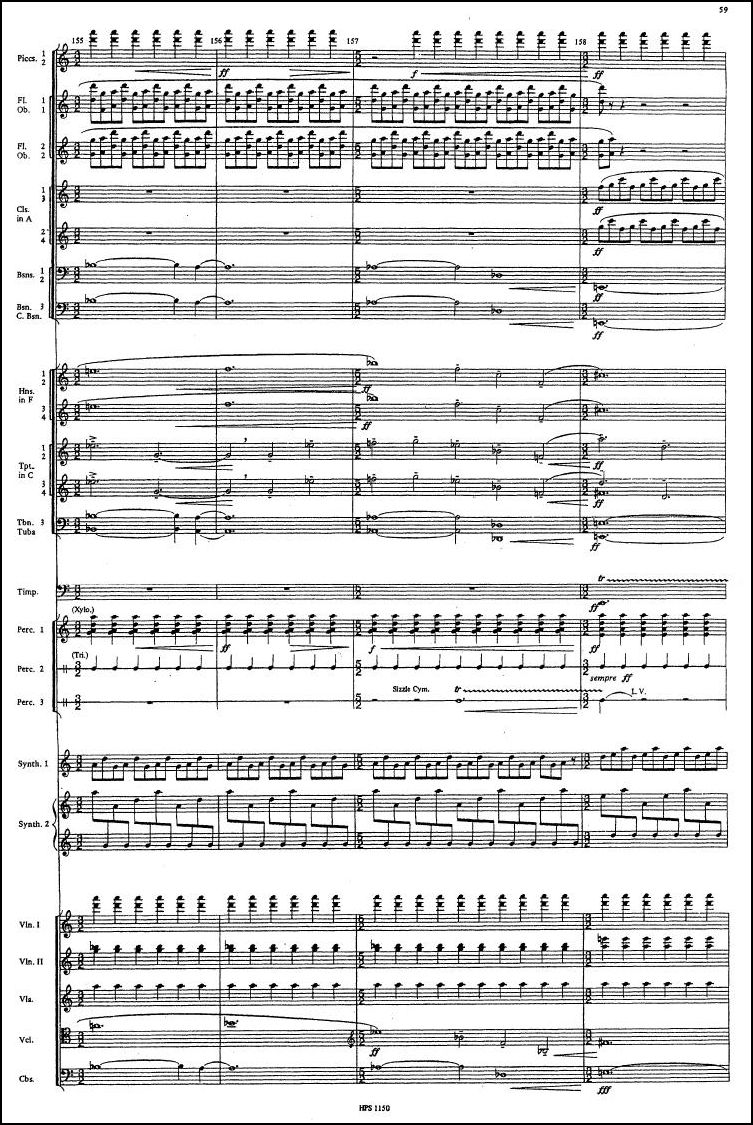
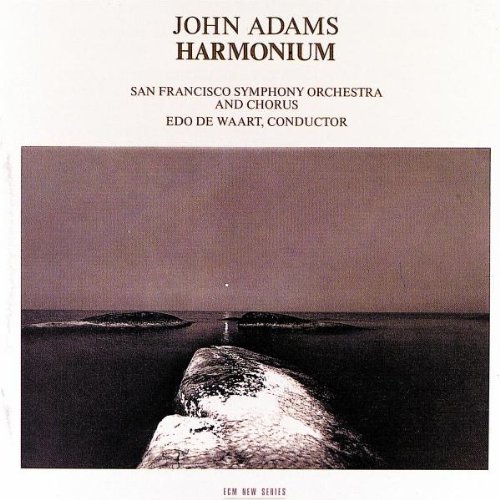 Adams: I tend to agree with Stravinsky in what he said
in his book The Poetics of Music, [again paraphrasing] that a
bird song is beautiful, and an arpeggio is perhaps not as beautiful,
but the bird song is a natural event, and an arpeggio, no matter how
crude or simple it is, is artifice, and there is a difference between
artifice and the outside world. I find that the moment Olivier
Messiaen takes a bird song and writes it down, and incorporates it into
a piece of his, it becomes Messiaen. It becomes artifice, and hence
that is art, but I don’t think that you can really approach the entire world
as a grid for art without some kind of filtering process.
Adams: I tend to agree with Stravinsky in what he said
in his book The Poetics of Music, [again paraphrasing] that a
bird song is beautiful, and an arpeggio is perhaps not as beautiful,
but the bird song is a natural event, and an arpeggio, no matter how
crude or simple it is, is artifice, and there is a difference between
artifice and the outside world. I find that the moment Olivier
Messiaen takes a bird song and writes it down, and incorporates it into
a piece of his, it becomes Messiaen. It becomes artifice, and hence
that is art, but I don’t think that you can really approach the entire world
as a grid for art without some kind of filtering process.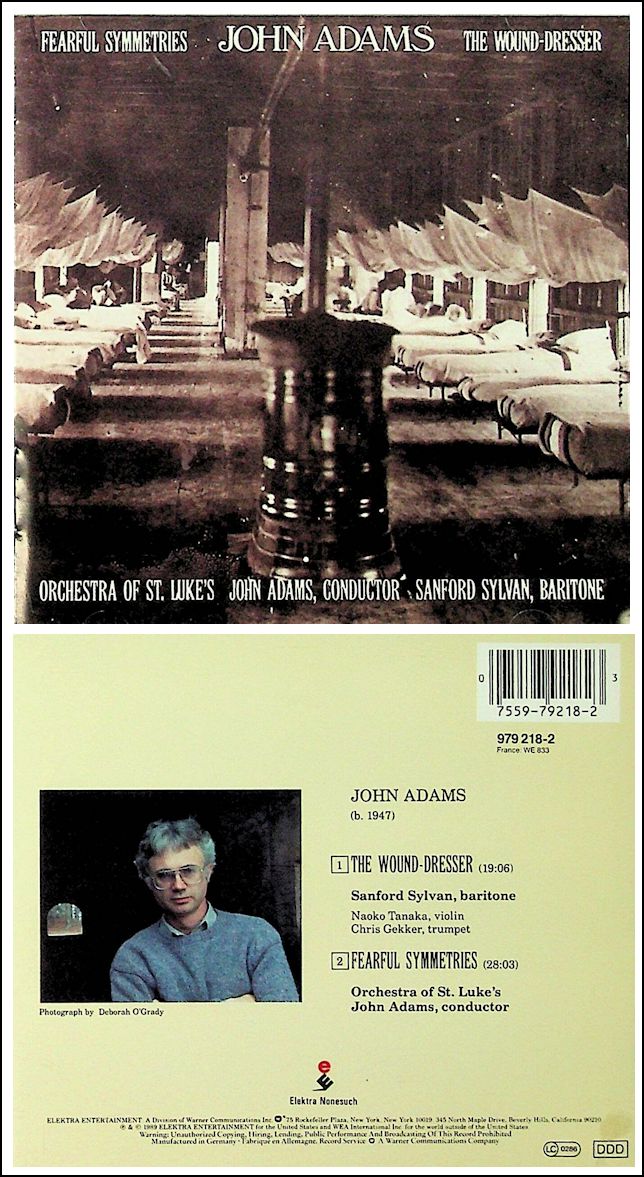
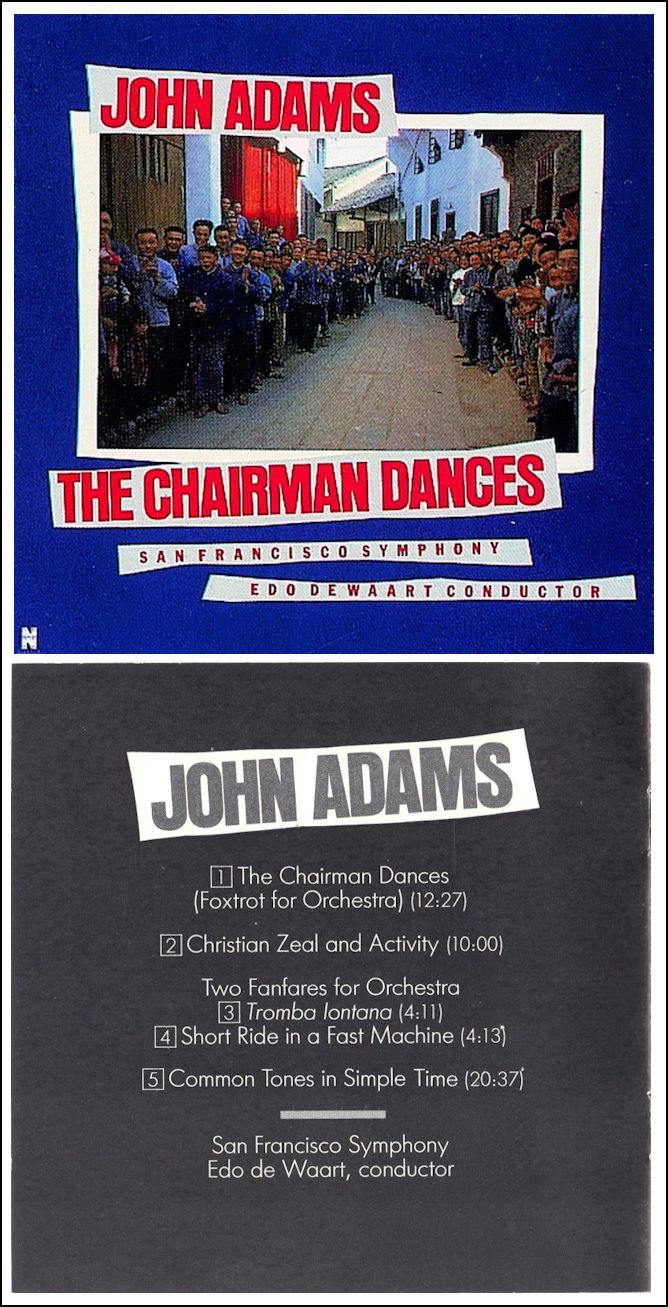
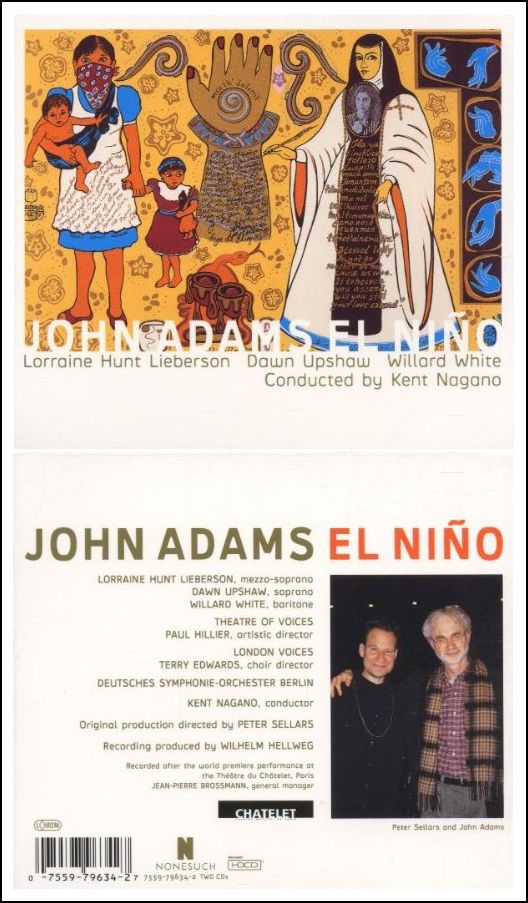
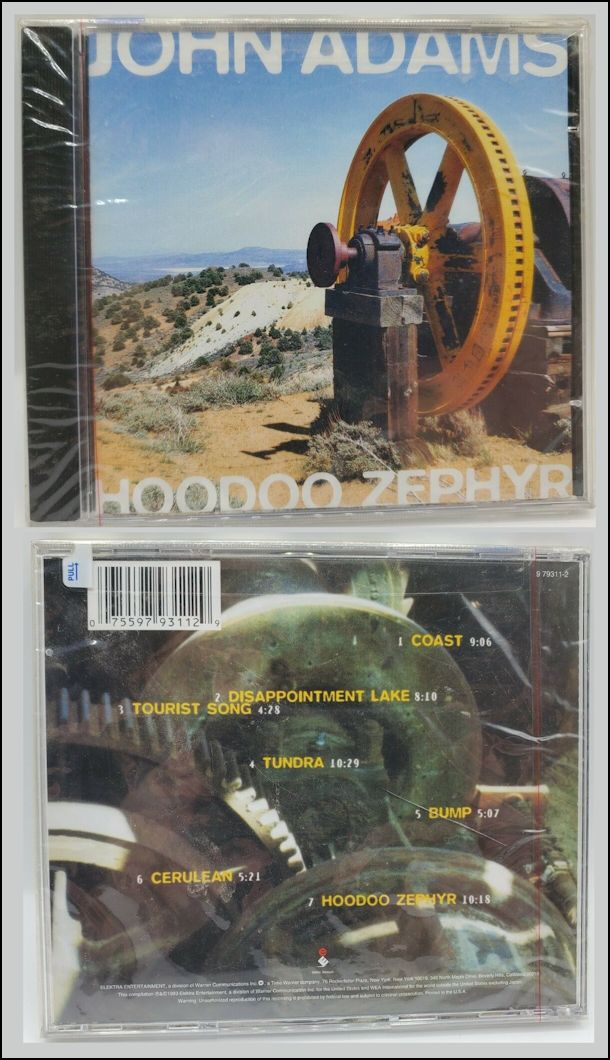 BD: Do you wait for the whistle to blow at 5 o’clock
so that you can go home?
BD: Do you wait for the whistle to blow at 5 o’clock
so that you can go home?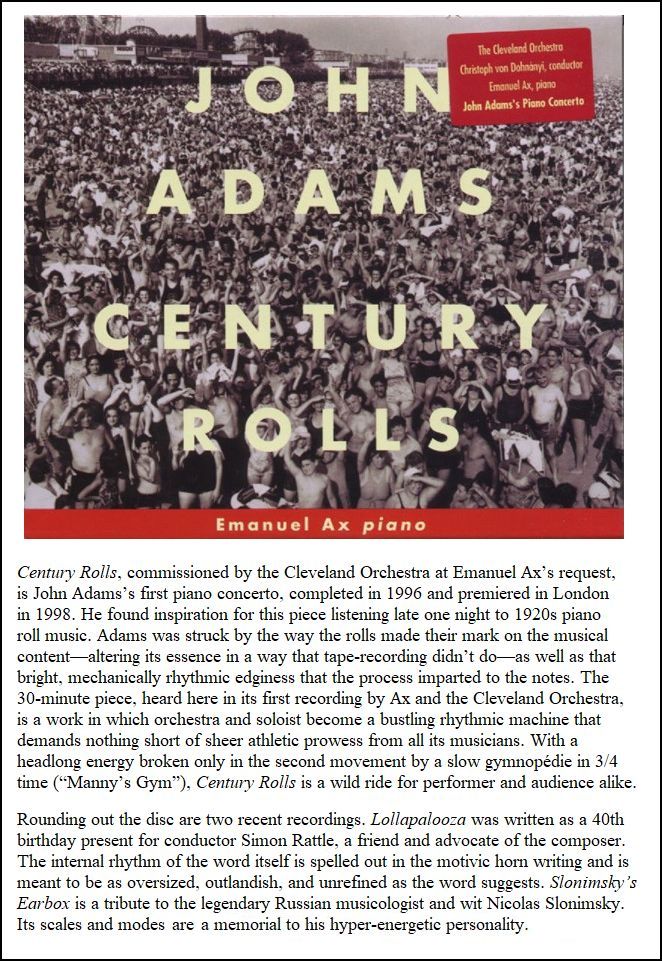

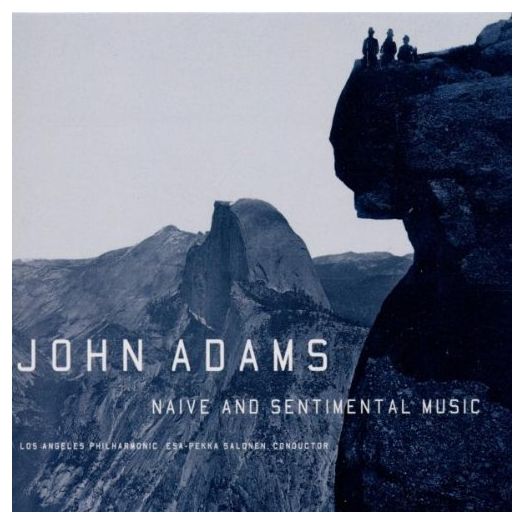
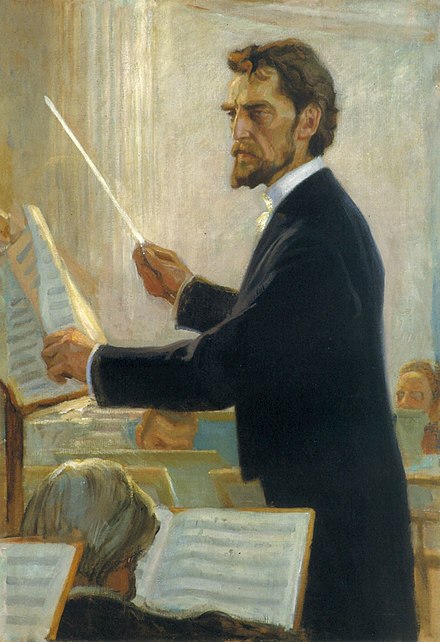 Robert Kajanus (Helsinki, 2 December 1856 – Helsinki, 6 July
1933) was a Finnish conductor, composer, and teacher. In 1882, he founded
the Helsinki Orchestral Society, Finland's first professional orchestra.
As a conductor, he was also a notable champion and interpreter of the
music of Jean Sibelius
Robert Kajanus (Helsinki, 2 December 1856 – Helsinki, 6 July
1933) was a Finnish conductor, composer, and teacher. In 1882, he founded
the Helsinki Orchestral Society, Finland's first professional orchestra.
As a conductor, he was also a notable champion and interpreter of the
music of Jean Sibelius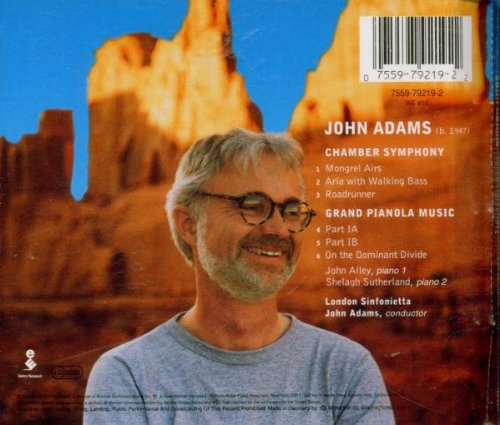
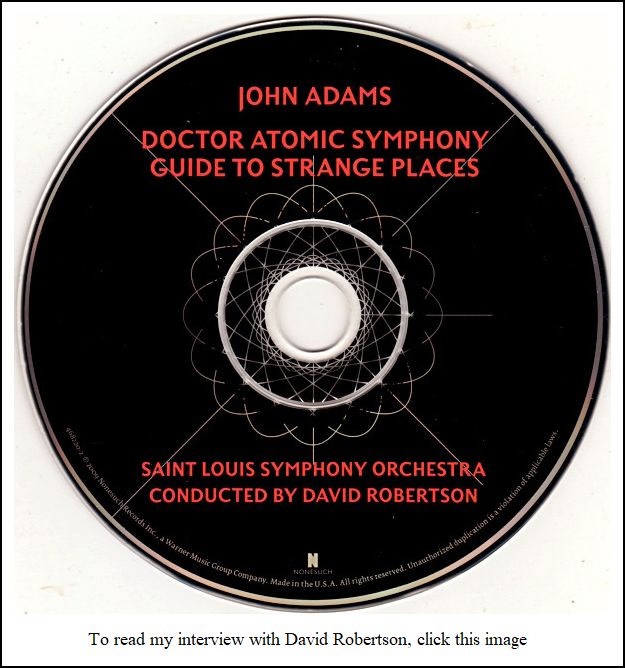 BD: You’re just making it sound
the way he wants, but it looks easier on the page?
BD: You’re just making it sound
the way he wants, but it looks easier on the page?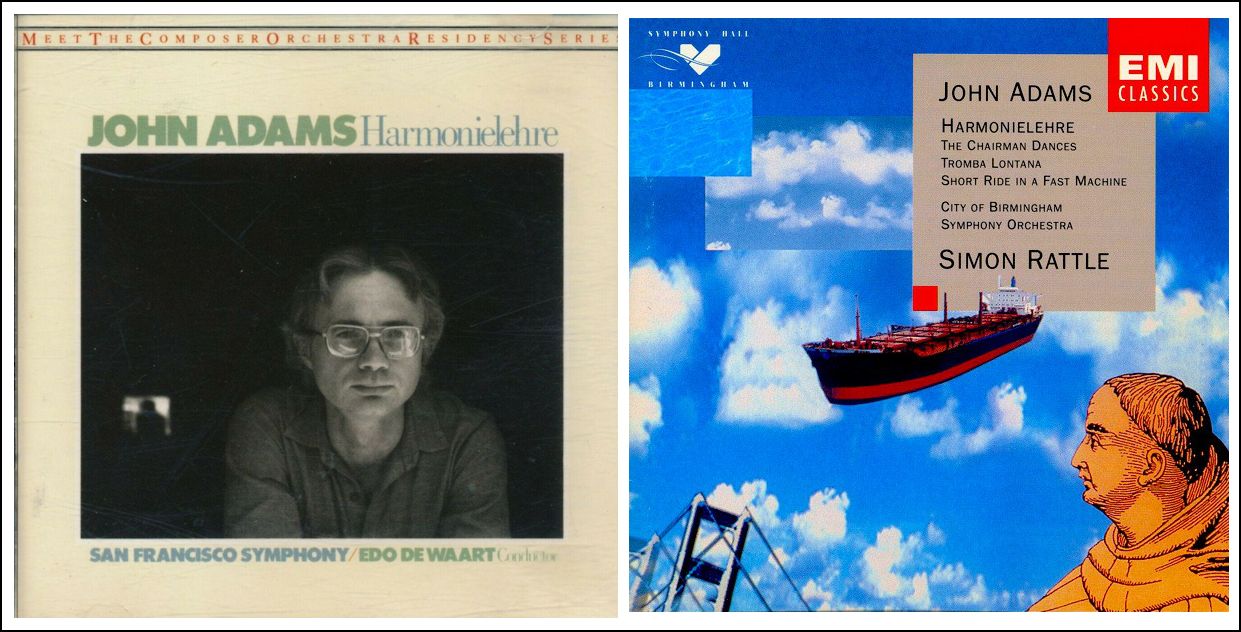
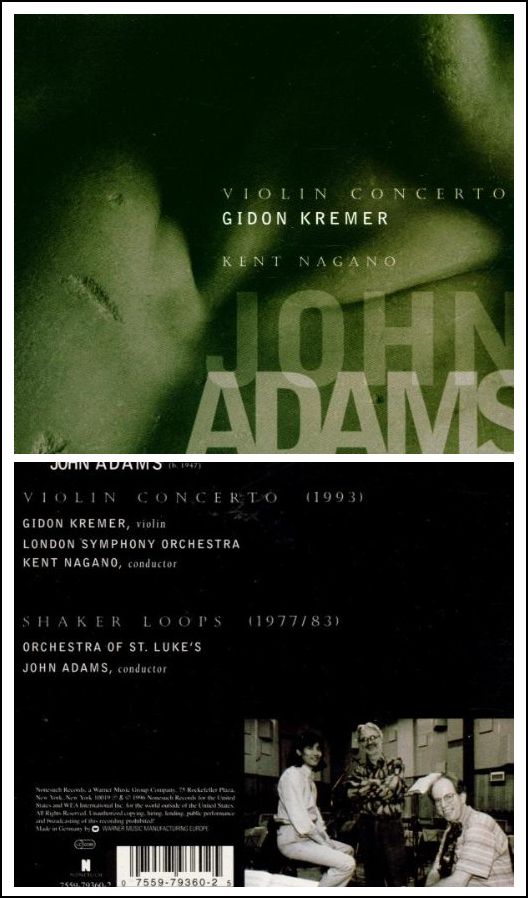 BD: Does the enormous popularity that
some or a lot of your music has attained surprise you?
BD: Does the enormous popularity that
some or a lot of your music has attained surprise you?
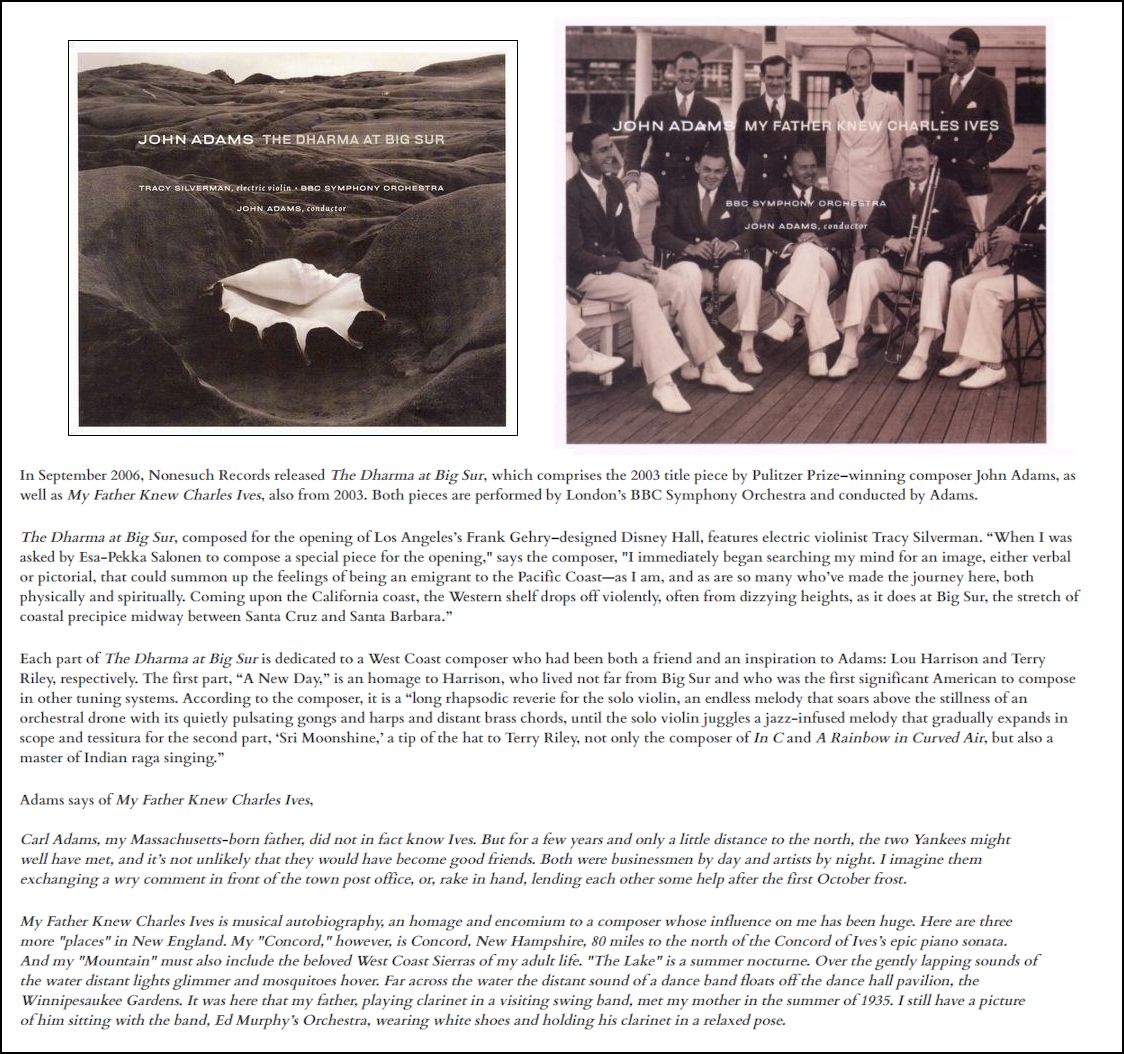
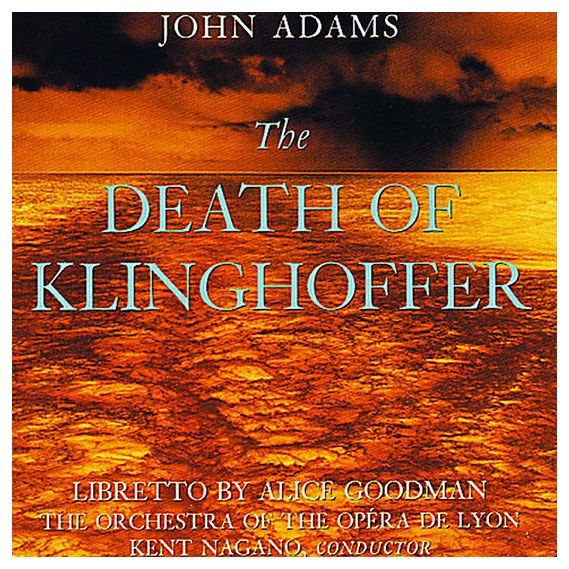 BD: You have enough to keep you busy for
the next several years?
BD: You have enough to keep you busy for
the next several years?